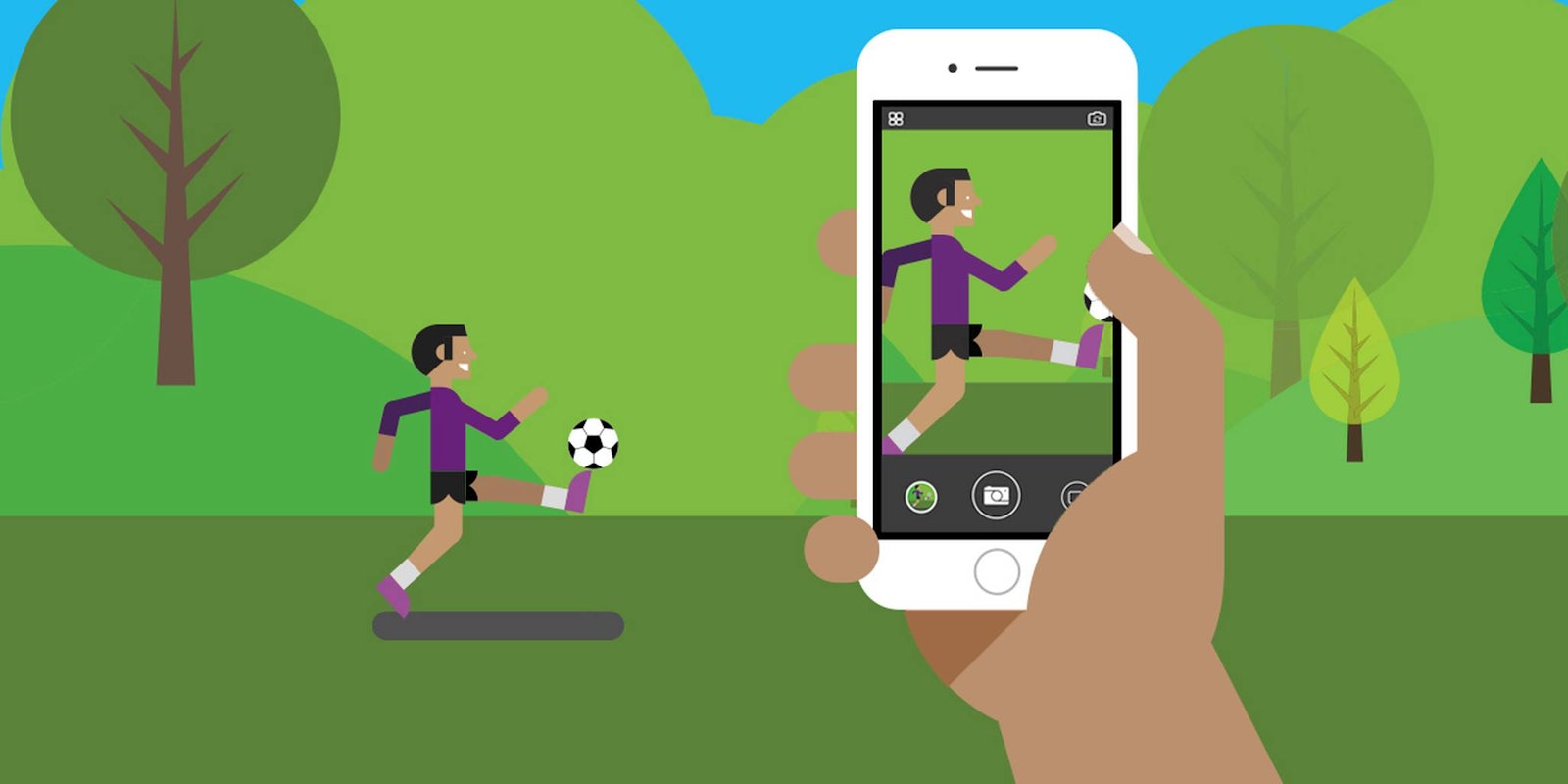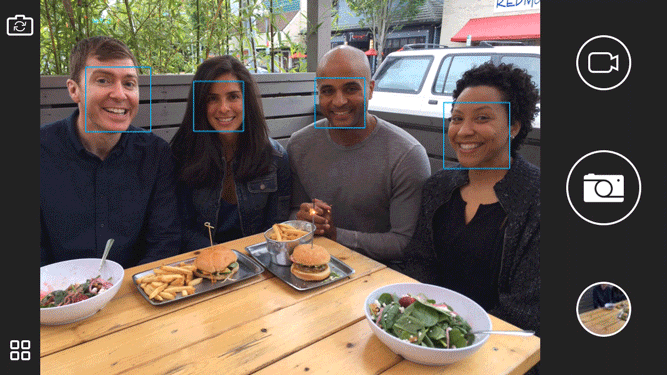One of Microsoft’s primary points of emphasis on its ill-fated smartphones was the camera. Windows Phone may essentially be dead, but the computing giant’s dream of improving mobile photography is still alive and well in Pix, the company’s new app for iPhone.
While there’s no shortage of camera apps out there, Pix differentiates itself by making the camera itself smarter. The app utilizes artificial intelligence that has been designed to improve the picture taking process as well as identify the best quality pictures.
“Pix builds on Microsoft Research’s investments in computational photography and machine learning,” Josh Weisberg, the product manager on Microsoft Pix, told the Daily Dot.
Microsoft has been experimenting with its machine learning tools for some time now, especially when it comes to imagery. According to Weisberg, the app utilizes “several different intelligent algorithms” in its picture taking and processing.
The company’s previous computational photography projects like Blink, a burst-style picture-taking tool; Cliplets, a system for creating moving images; and Hyperlapse, a tool for capturing timelapse videos, all have found their way into Pix.
The app looks incredibly plain, with no modes to toggle through or settings to adjust. The design is intentionally simple, but a bit misleading. From the first photo taken with Pix, it’s clear it’s not as ordinary as it looks.
When snapping a photo with the app, it captures a burst of 10 frames with every shutter click instead of just one. Some of those shots are taken before the button is even pressed, creating an array of similar but distinct shots.
The app’s artificial intelligence is then put to work to pick up to three of the best shots from the burst. Even the photos that aren’t kept are put to work, as the app taps the data from those images to reduce noise, brighten faces, and adjust the color and tone of the saved photos.
Pix puts a particular focus on people, as they are the primary subject of most pictures. This was a conscious decision according to Weisberg, who said the app was born of user frustration in capturing photos of people. As such, the app automatically detects faces and adjusts its settings to ensure it shows everyone’s good side.
Another advantage of taking a collection of shots instead of a single photo is what it enables Pix to do with full breadth of photos that it snaps. If the app notices something interesting motion happening in the frames, it can stitch those images together to create a Live Images–a result similar to Apple’s Live Photos.
Live Images are saved as MP4 files, which can be shared on social media sites like Facebook. Weisberg said he posted one on Wednesday morning when the Pix app was officially released.
The devleopment of Pix shouldn’t come as a major surprise for anyone who has been paying attention to Microsoft recently. The company has become obsessed not just with photography but with machine learning as of late.
It’s convinced people to feed it an incredible amount of images through its silly online apps that do everything from guess a person’s age to attempt to identify dog breeds. But while the photos run through those apps help the tools learn more, the computations happening in Pix are all done locally on the device itself.
If you’re an amateur looking to get some better shots to make your improve your Instagram feed or a professional who wants to offload some of the manual effort in adjusting settings, Pix is worth giving a shot—or 10. The app from Microsoft is available for iOS.
H/T Mashable




